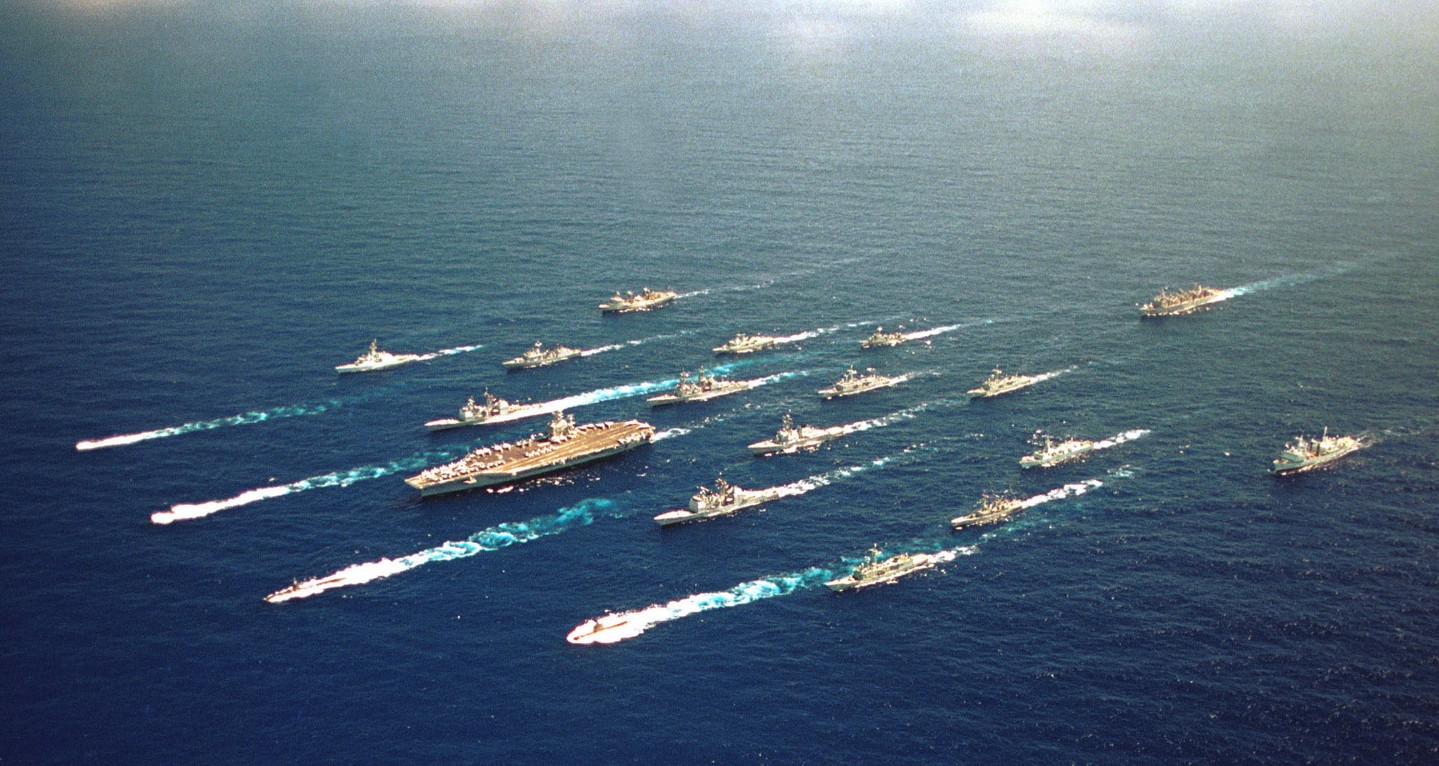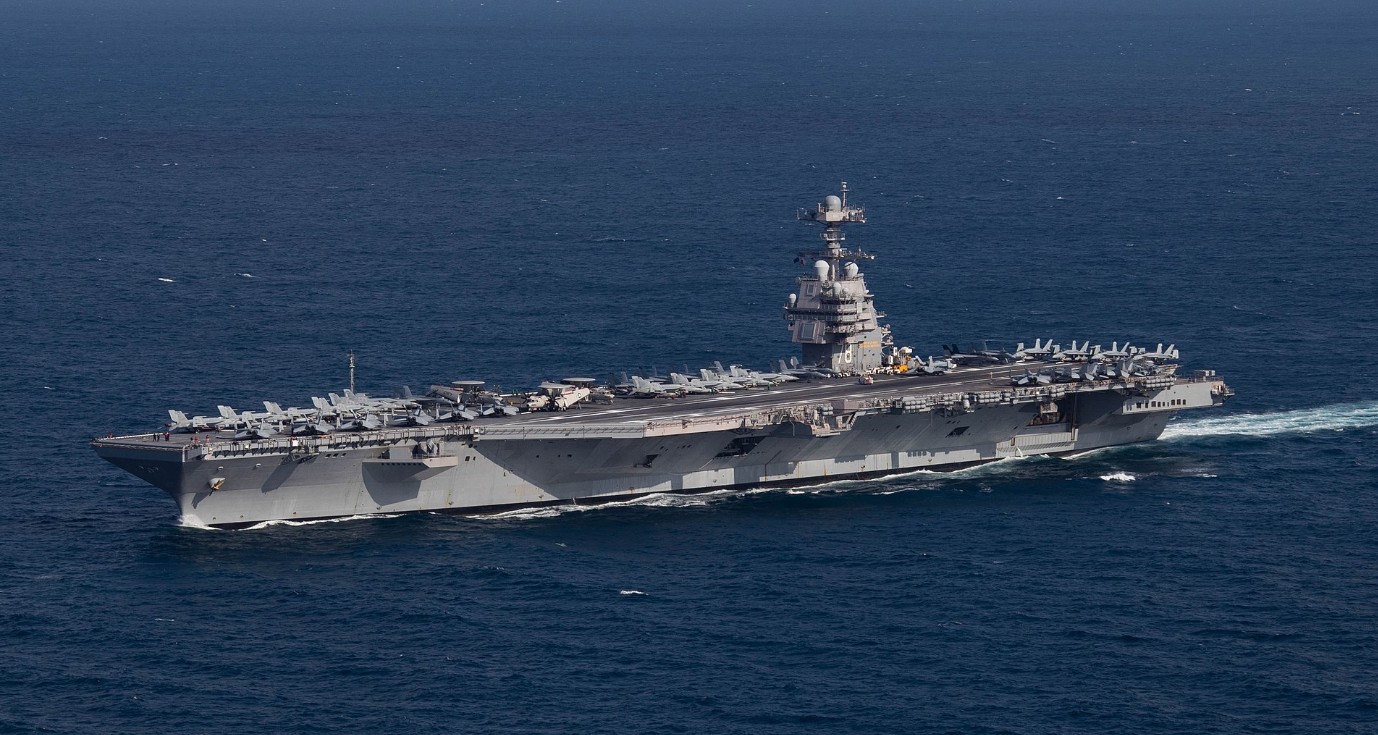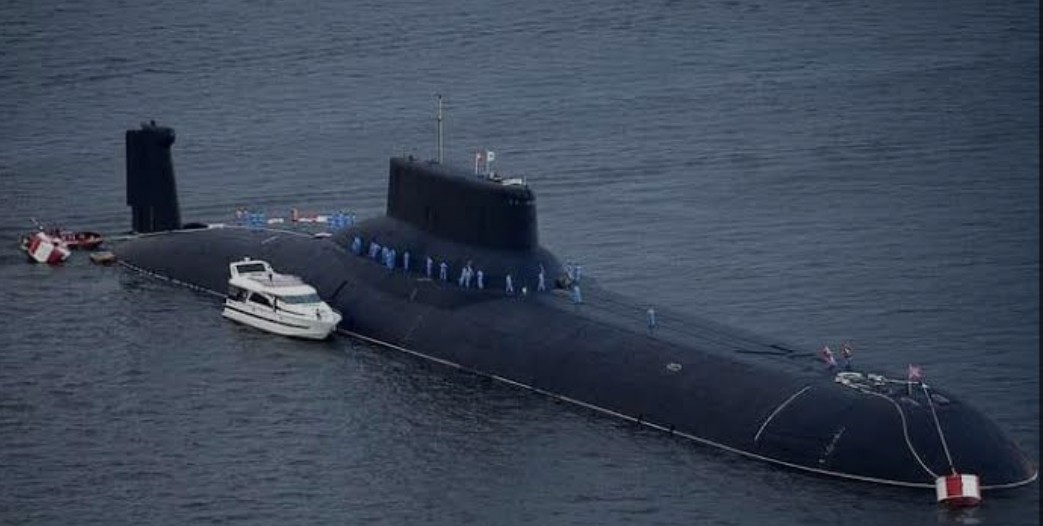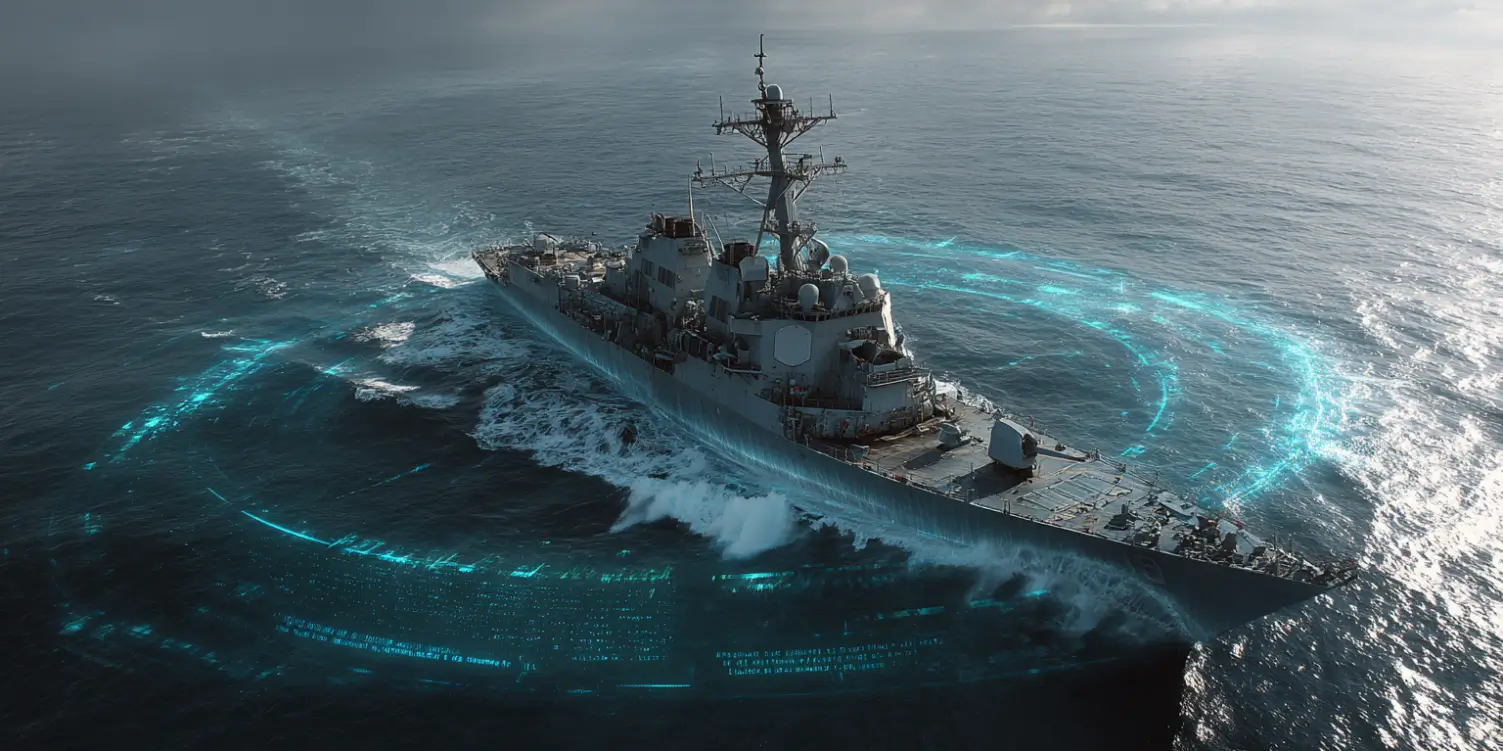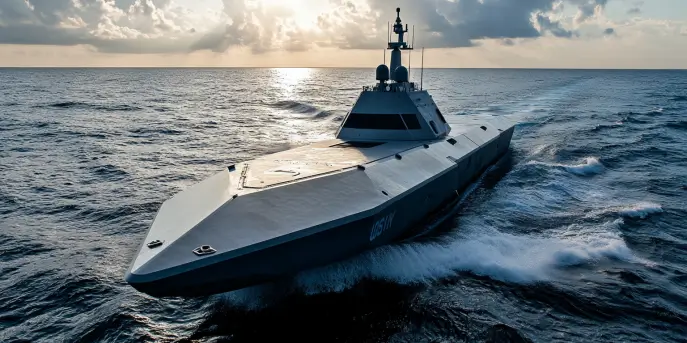In the realm of maritime operations, intelligence collection ships play a crucial role in gathering data and eavesdropping on communications from other nations. Often shrouded in mystery, these ships are equipped with state-of-the-art surveillance technology designed to monitor electronic signals and intercept communications. Here, we highlight the top 5 intelligence collection ships from various nations and examine their remarkable capabilities.
1. USS Jimmy Carter (SSN-23)
The USS Jimmy Carter, a Seawolf-class nuclear-powered fast attack submarine in the United States Navy, serves notable roles in both reconnaissance and intelligence-gathering missions. Named after the 39th President of the United States, this formidable vessel features advanced systems for surveillance and electronic intelligence gathering.
- Displacement: Approximately 12,000 tons submerged
- Length: 138 meters (453 feet)
- Crew: 140 officers and enlisted personnel
- Complement: Equipped with advanced espionage paraphernalia
- Capabilities: Extensive electronic surveillance and undersea tap capabilities
Much like its Seawolf-class sisters, the USS Jimmy Carter is nearly undetectable, offering unmatched stealth during operations. It is outfitted with specialized systems for tapping undersea cables and collecting various forms of intelligence beneath the ocean’s surface.
2. HMS Echo (H87) – United Kingdom
HMS Echo is a multi-role hydrographic survey ship of the Royal Navy, designed primarily for intelligence gathering through hydrographic surveys. Although her primary mission is surveying, the ship possesses sophisticated intelligence collection tools.
- Displacement: 3,500 tons
- Length: 91 meters (299 feet)
- Crew: Approximately 72, including survey specialists
- Deck Equipment: Mounted sensors and analytical equipment
- Capabilities: Undersea mapping, reconnaissance, and intelligence analysis
HMS Echo is well-equipped with advanced sonar systems and technology for gathering topographic data from the seabed, crucial for both military operations and gathering geophysical intelligence.
3. Dupuy de Lôme (A759) – France
The Dupuy de Lôme, operated by the French Navy, is a purpose-built SIGINT (Signal Intelligence) collection ship. Named after the 19th-century naval architect, this vessel is adept at intercepting electronic communications.
- Displacement: 3,600 tons
- Length: 102 meters (335 feet)
- Crew: 30 sailors and 38 specialists
- Technology: Electronic surveillance systems for SIGINT operations
- Capabilities: Monitoring communications and cyber operations
With its sophisticated electronics and intelligence capabilities, the Dupuy de Lôme is primarily involved in international intelligence missions, contributing extensively to both France’s and NATO’s intelligence frameworks.
4. ARA Almirante Irizar (Q-5) – Argentina
Though primarily an icebreaker, the ARA Almirante Irizar has been retrofitted to include intelligence collection capabilities to support Argentine interests in Antarctic research and surveillance.
- Displacement: Approximately 14,170 tons
- Length: 121 meters (397 feet)
- Crew: 100 personnel and 190 scientists
- Equipment: Icebreaking and specialized reconnaissance systems
- Capabilities: Climate research and strategic intelligence duties
The ship’s dual role showcases its unique adaptability, effortlessly traversing the harsh Antarctic environments while also gathering intelligence on regional activities.
5. RFS Yuriy Ivanov (Project 18280) – Russia
The RFS Yuriy Ivanov serves as the lead ship in a series of intelligence ships for the Russian Navy. Project 18280 ships are specifically designed for electronic and communications intelligence.
- Displacement: 4,000 tons
- Length: 95 meters (312 feet)
- Crew: 120 personnel
- Systems: Advanced ELINT and COMINT equipment
- Capabilities: Long-range surveillance and intelligence operations
The RFS Yuriy Ivanov boasts formidable capabilities in gathering electronic intelligence, offering a comprehensive suite for deep-space and near-sea reconnaissance missions, maintained with cutting-edge technology.
Intelligence collection ships are a valuable asset in national security, combining stealth, technological superiority, and strategic agility. As maritime activities continue to grow in complexity, the role of these ships in safeguarding information remains a critical component of naval operations globally.

